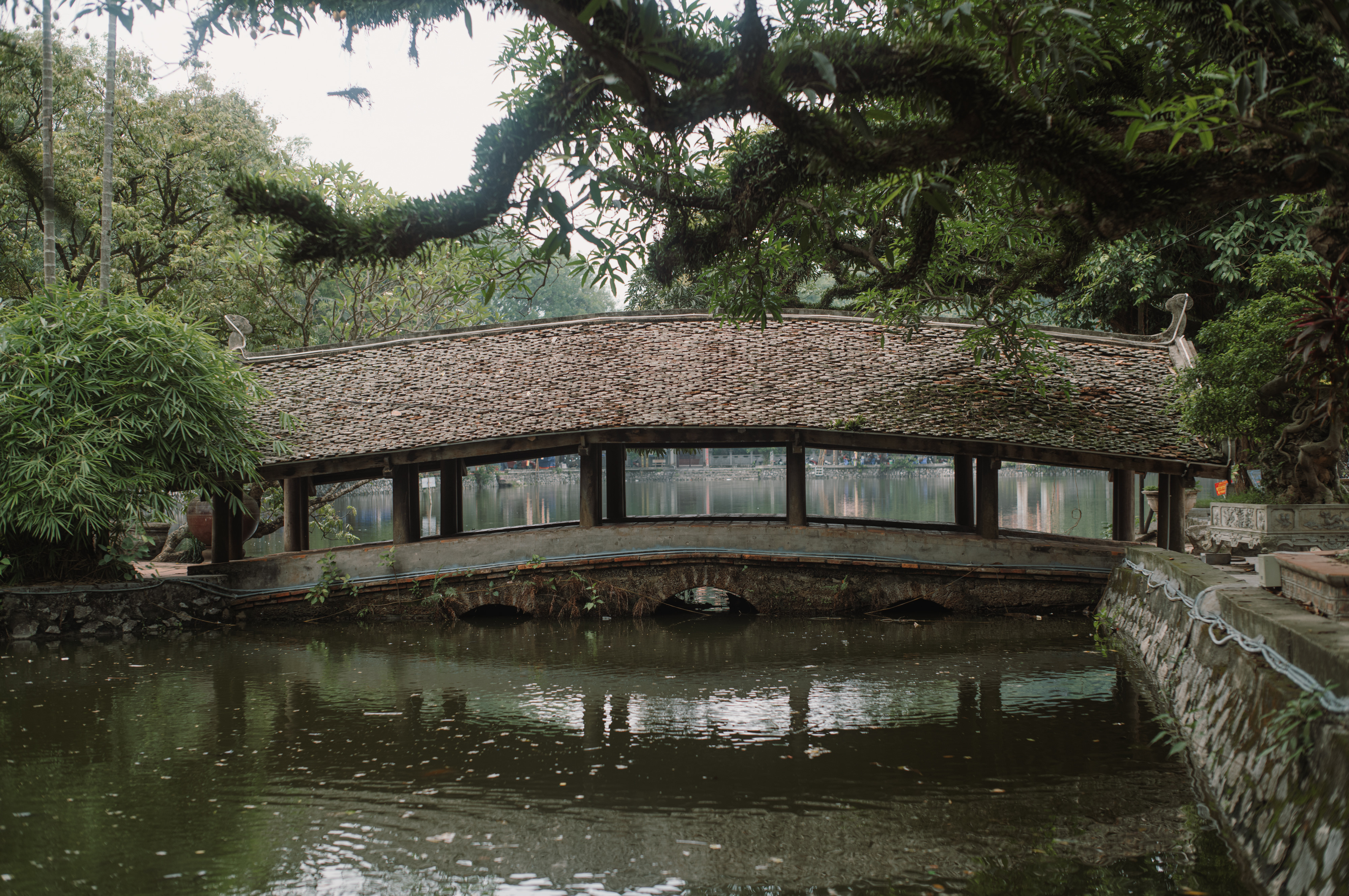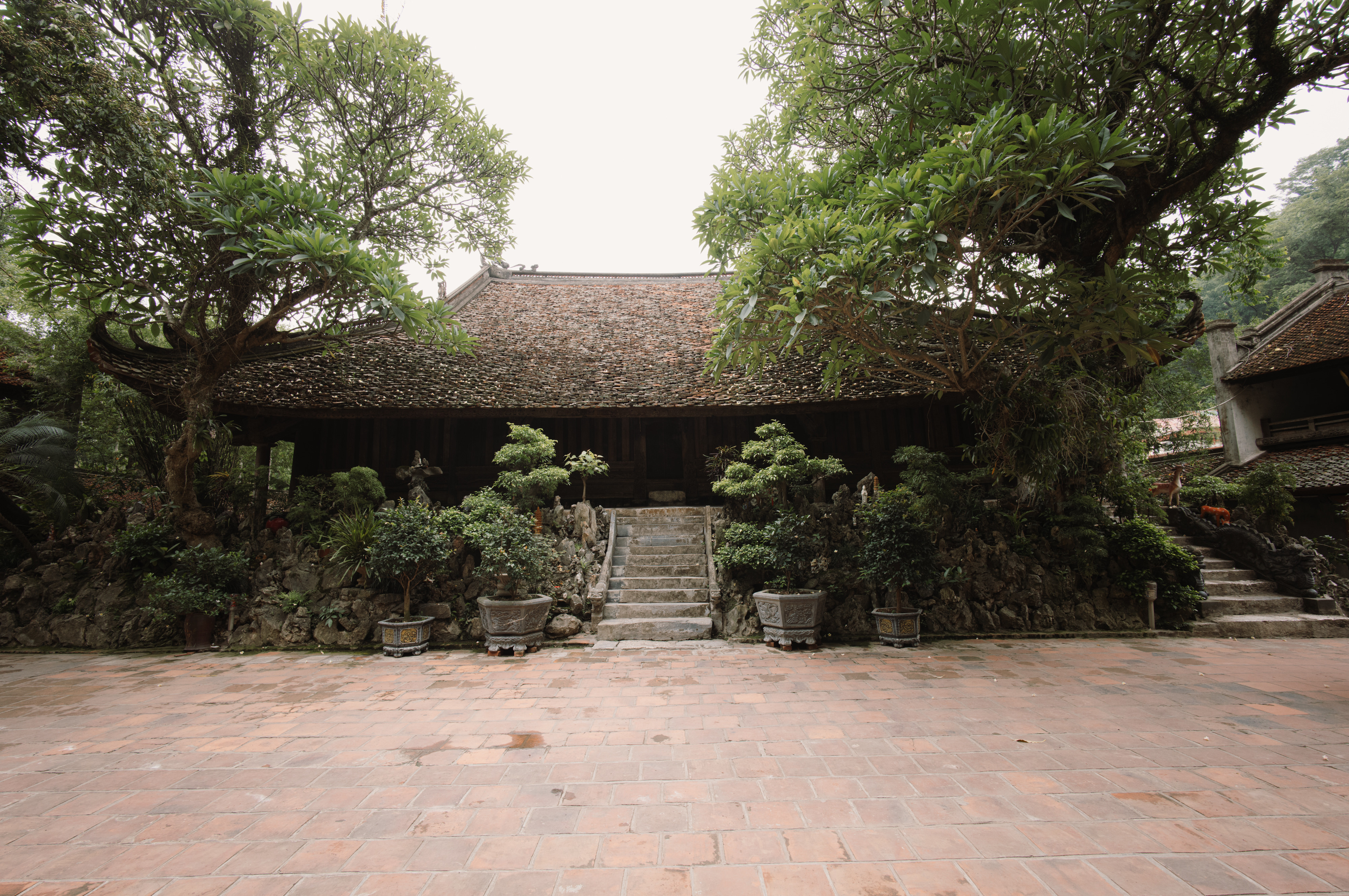It is about 30km southwest of downtown Hanoi and one of the oldest pagodas in Hanoi. It is a venue for both tourists and pilgrims to admire its old architecture as well as the peaceful and romantic landscape of the place.
The pagoda, also known as Sai, Ca or Thien Phuc, was built in the 11th century during the reign of King Ly Nhan Tong. It is closely associated with monk Tu Dao Hanh who was well-known for his humility and generosity towards the poor. Legend has it that Hanh invented water puppetry to depict the lives of the rural population. This art of performance has become popular nationwide.
Thay Pagoda consists of three parallel buildings, including Ha (lower) Pagoda, Trung (middle) Pagoda, and Thuong (upper) Pagoda. The outer Ha Pagoda is for offerings and ceremonies, the middle Trung Pagoda for worshiping the Buddha, and the upper Thuong Pagoda is where Tu Dao Hanh is worshipped.
The age-old structure looks impressive with a curved roof and an airy and peaceful surrounding. Visitors may be amazed by a beautiful lake with a floating temple where water puppetry is shown and two bridges linking to Tam Phu Temple.
Moreover, Cac Co Cave is right there to challenge those fearing the dark. It is difficult to enter the cave because it is accessible via steep rocks that get slippery after rain.
The cave holds 3,600 sets of remains of Vietnamese soldiers who were walled in when fighting Chinese invaders. It is deep and dark, so visitors need a tour guide and a flashlight.







Thuy Chi - Tran Viet Duc